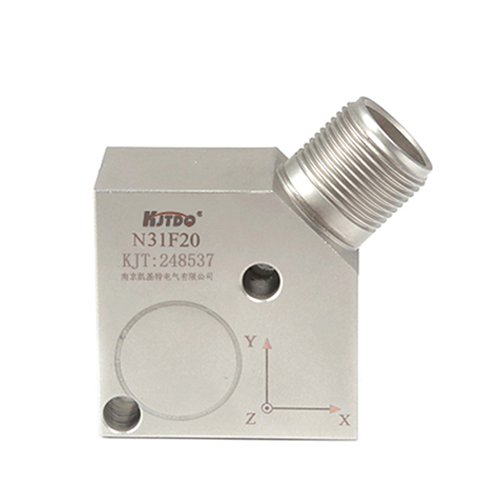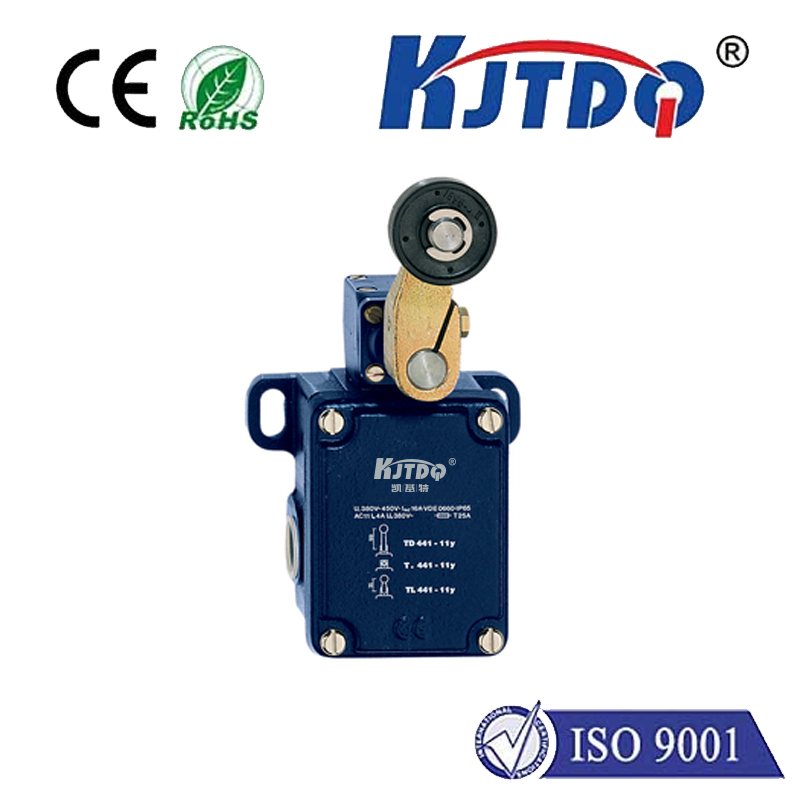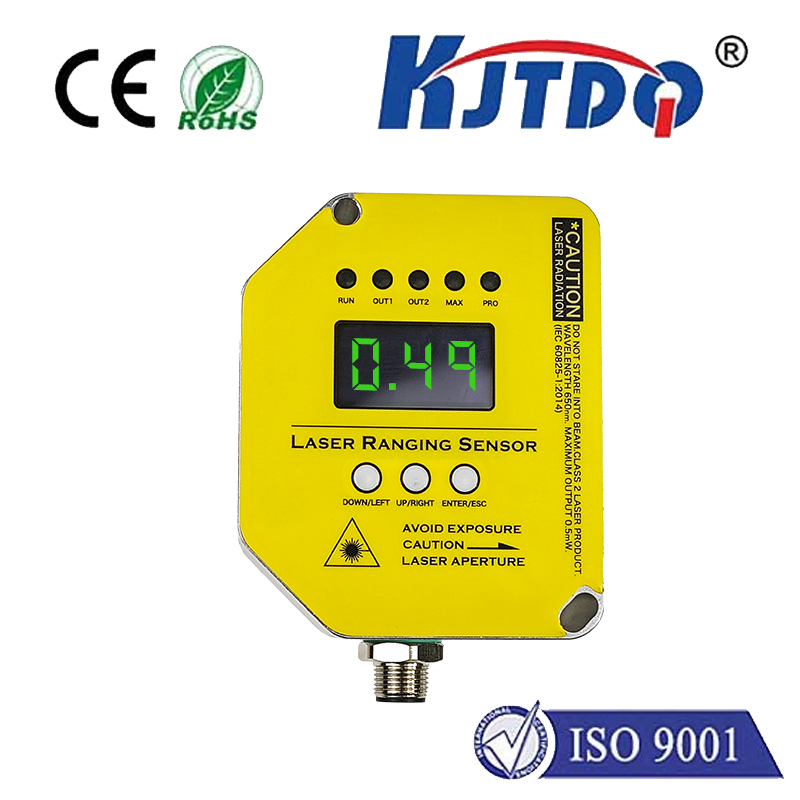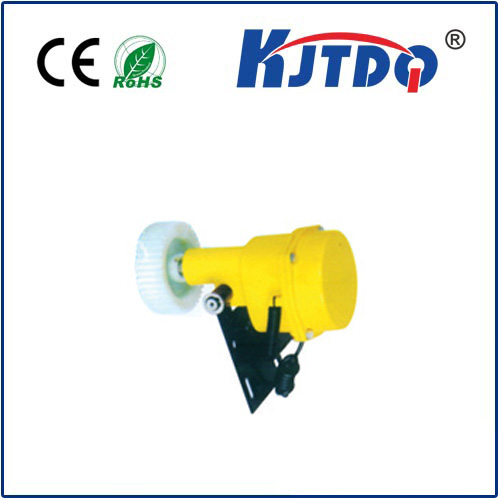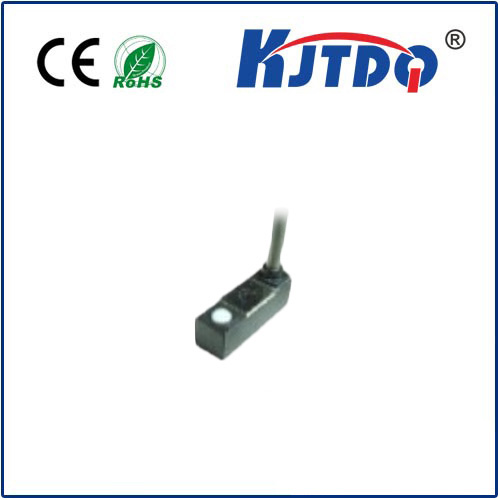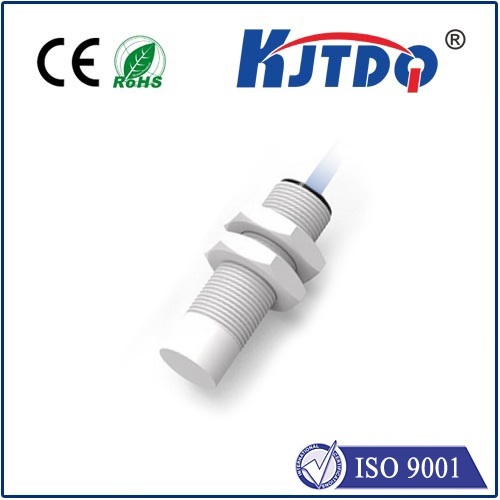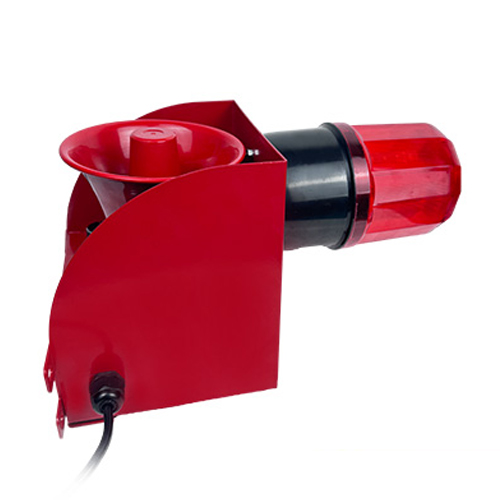Imagine a factory floor where machines operate in perfect harmony, instantly detecting objects and movements without a single wire tangling the process. This isn’t a sci-fi vision—it’s the reality brought to life by wireless photoelectric sensors. In today’s fast-paced industrial landscape, these innovative devices are transforming how businesses monitor and control environments, offering unparalleled efficiency and flexibility. As industries increasingly shift toward smart automation, understanding their role becomes crucial for optimizing operations and staying competitive.
At their core, wireless photoelectric sensors harness light-based technology to detect the presence, absence, or distance of objects using infrared, visible light, or laser beams. The principle is straightforward: a transmitter emits a light beam, and a receiver catches it; when an object interrupts this beam, the sensor triggers an alert. What sets these devices apart is their seamless integration of wireless technology, enabling data transmission via Bluetooth, Wi-Fi, or proprietary protocols without physical connections. This eliminates the clutter and constraints of wired systems, making them ideal for dynamic settings like warehouses or assembly lines. For instance, in quality control processes, a wireless photoelectric sensor can swiftly identify defective products on a conveyor belt and relay the information to a central system in real-time. This rapid, contactless detection not only boosts accuracy but also reduces maintenance costs, as there’s no need for frequent cable inspections or replacements.

Key applications span various sectors, underscoring the versatility of wireless photoelectric sensors in enhancing productivity. In manufacturing, they’re essential for automated machinery, such as robotic arms that assemble components with millimeter precision—detecting misalignments before errors escalate. Similarly, in logistics, warehouses deploy these sensors to track inventory movements, ensuring packages navigate sorting systems smoothly without human oversight. Security systems also benefit immensely; for instance, building entrances use them as non-intrusive barriers that trigger alarms when unauthorized access occurs, providing robust protection with minimal false positives. Beyond industry, smart cities adopt wireless photoelectric sensors for traffic management, monitoring vehicle flows at intersections to optimize signal timings and reduce congestion. This widespread adoption stems from their ability to function in harsh environments, from dusty factories to outdoor installations, all while conserving energy through low-power designs. As a result, businesses report significant gains, such as a 20-30% reduction in operational downtime, driven by real-time data insights that allow for proactive maintenance and swift troubleshooting.
The advantages of integrating wireless photoelectric sensors extend far beyond convenience, offering tangible performance boosts that set them apart from traditional alternatives. Compared to wired photoelectric sensors, the wireless variant excels in scalability; you can easily add or relocate units to adapt to changing layouts, without costly rewiring projects. Energy efficiency is another standout feature, as many models incorporate sleep modes or solar charging, slashing power consumption by up to 50% and supporting sustainability goals. Moreover, precision remains high, with advanced models detecting objects as small as 0.1mm, even in low-light conditions—outperforming mechanical switches that wear down over time. For example, in agriculture, wireless photoelectric sensors monitor crop levels in silos, sending alerts when supplies run low, all while operating flawlessly in fluctuating temperatures. However, it’s wise to consider potential limitations, like range constraints in dense metal environments or signal interference if deployed improperly. Yet, these are manageable with smart network design, such as using mesh protocols to extend coverage. Overall, the fusion of reliable photoelectric sensing and wireless freedom empowers teams to make data-driven decisions faster, fostering innovation in an era where agility is paramount.
Looking ahead, the evolution of wireless photoelectric sensors promises even greater strides, driven by trends like IoT integration and AI analytics. Emerging innovations include sensors with embedded machine learning capabilities that predict equipment failures before they occur, or 5G-compatible models ensuring ultra-low latency for critical applications in healthcare or autonomous vehicles. Such advancements will further democratize automation, making these tools accessible to small-scale enterprises while reinforcing their role in Industry 4.0 transformations. As adoption grows, expect continuous improvements in battery life and environmental resilience, solidifying wireless photoelectric sensors as indispensable assets in any tech-forward ecosystem.
